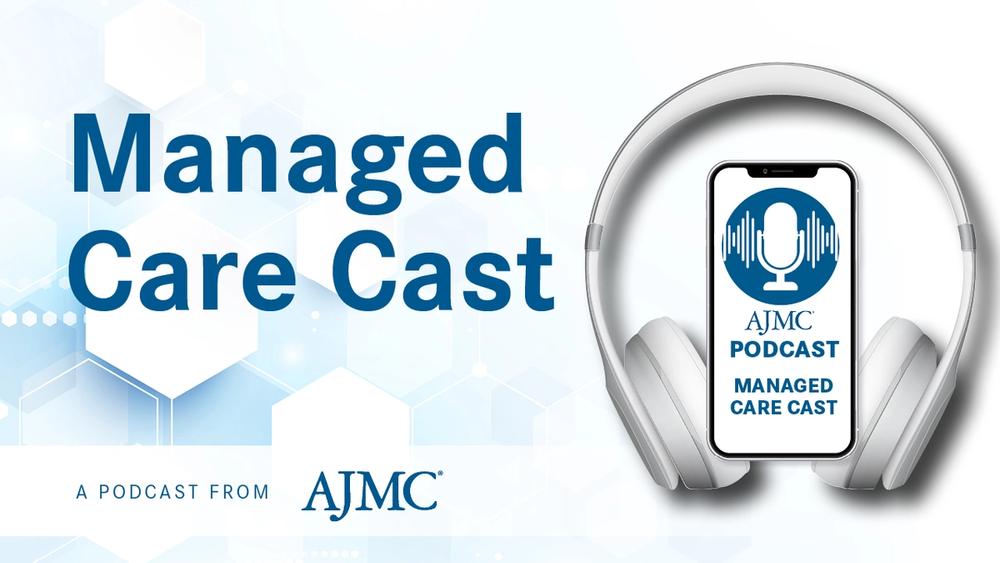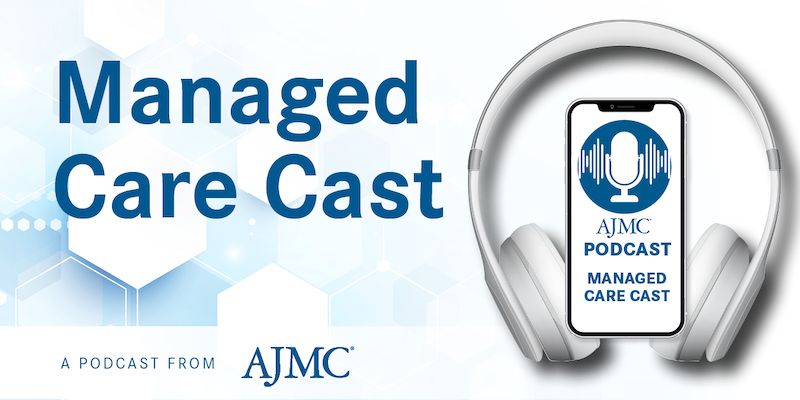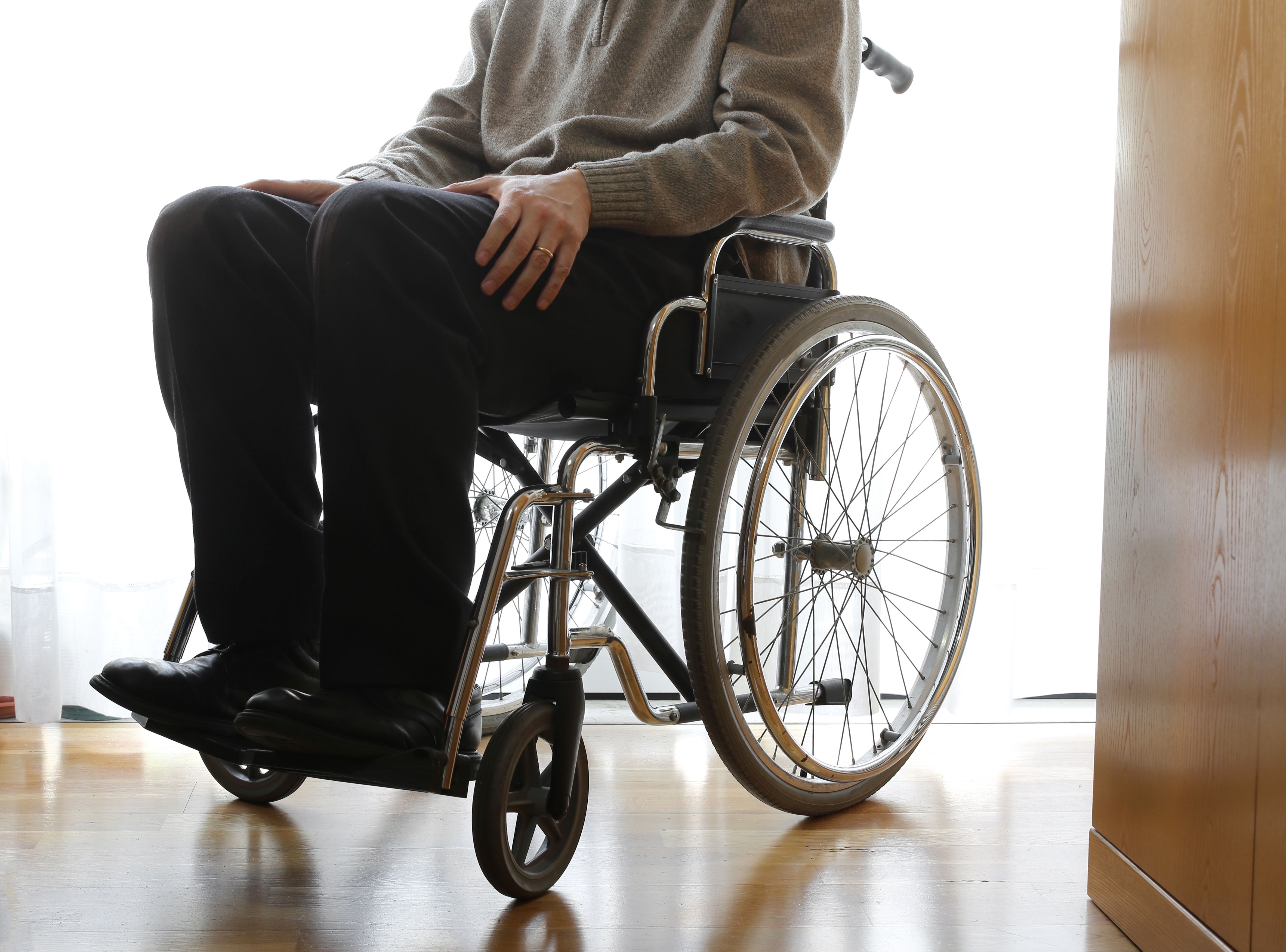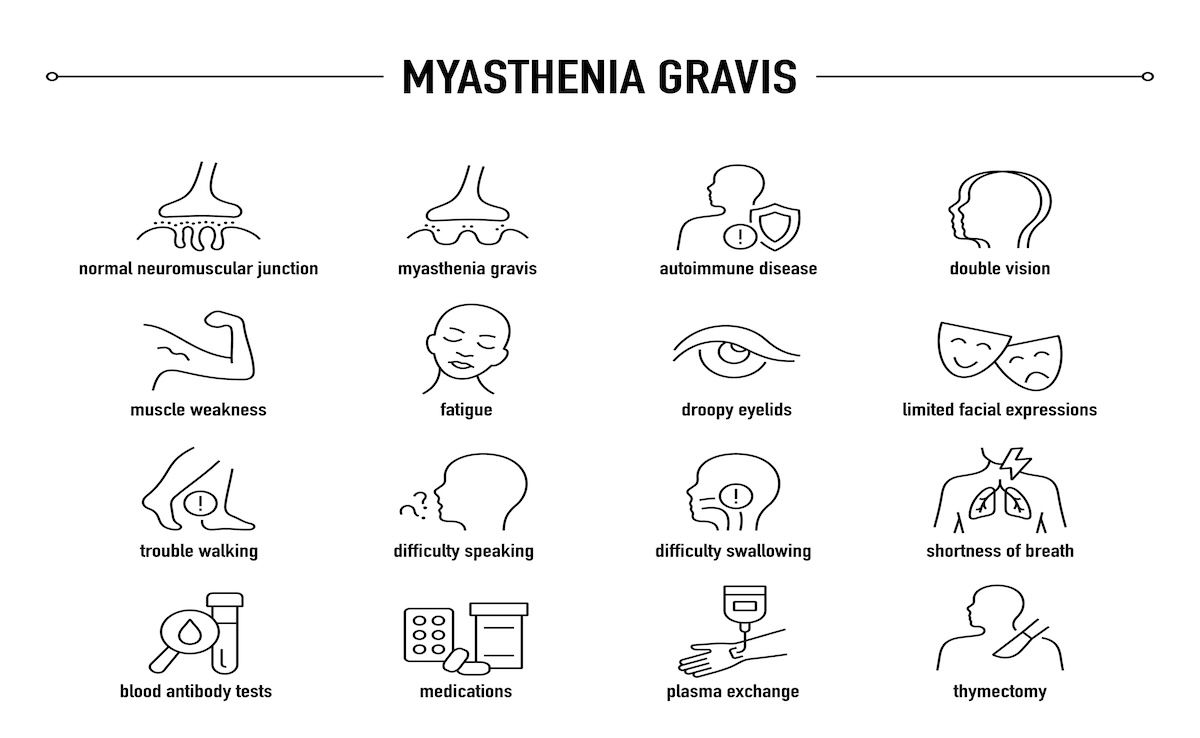Video
Dr Adrian Hernandez Highlights the Use of Real-World Evidence and Current Barriers
In some ways, the United States is progressive in its use of real-world evidence, but there are still areas where other countries do a better job of incorporating such evidence into the health system, explained Adrian F. Hernandez, MD, MHS, vice dean, clinical research, Duke University School of Medicine.
This page contains sponsored advertising.
In some ways, the United States is progressive in its use of real-world evidence, but there are still areas where other countries do a better job of incorporating such evidence into the health system, explained Adrian F. Hernandez, MD, MHS, vice dean, clinical research, Duke University School of Medicine.
Transcript
What are the barriers that prevent the use of real-world evidence in meaningful ways?
There are a few. One is cultural. Just getting used to the concept of taking advantage of data every day that is being generated as part of healthcare and, also, someone’s life journey. The second thing is actually around quality. So, how do we understand what it means? What does the quality of the data implicate in terms of the certainty or uncertainty about the results?
And, then, finally, how do we make sure that we’re actually getting the right answers? So, certainly, there are methodological issues in terms of observational studies. There are also methodological issues in terms of randomized trials. So, how do we get closer to the truth? And combining those 3 efforts is really important for real-world evidence.
How does the United States’ use of real-world evidence compare with how it is used in other countries?
In some ways, it’s very progressive in terms of people actually making decisions. In terms of health decisions. So, healthcare systems are doing this every day. In some cases, it’s being used to inform what regulators have to decide on in terms of either expanding an indication or actually a new indication.
In the other places, however, it’s being incorporated more in the health system, and actually how that actually influences what they do for population health management. So, certain countries are actually very focused in terms of how they’re going to improve the trajectory for health over a 3- or 5-year period. So, they recognize the need for that is actually incorporating real-world evidence to drive outcomes and better health.

The Importance of Examining and Preventing Atrial Fibrillation




